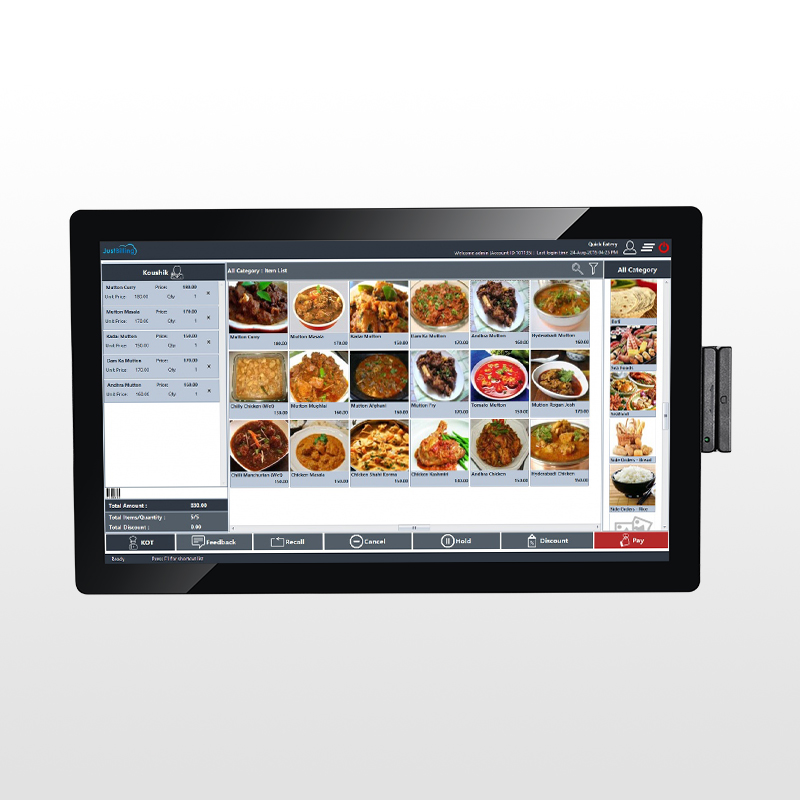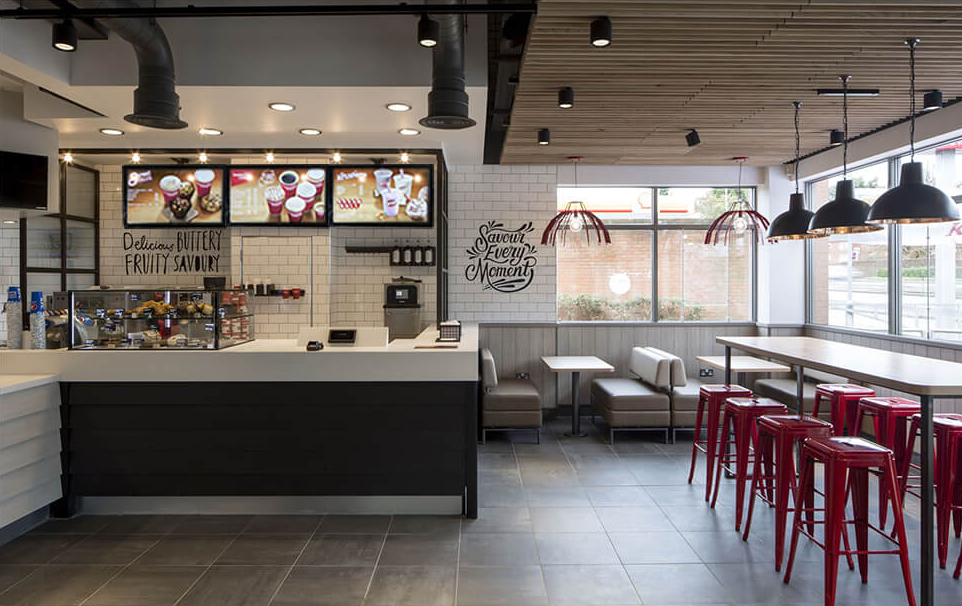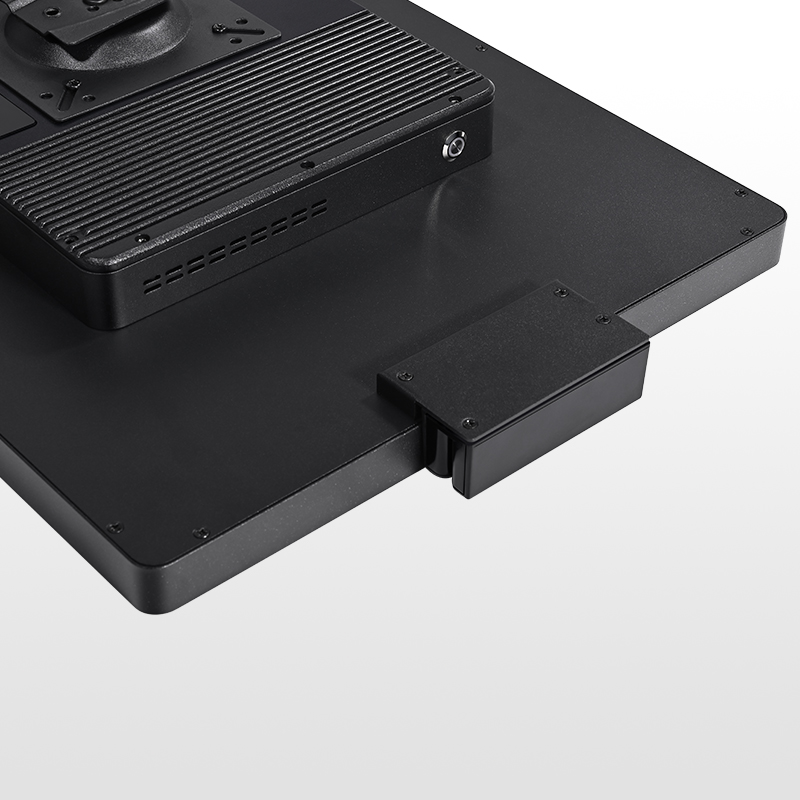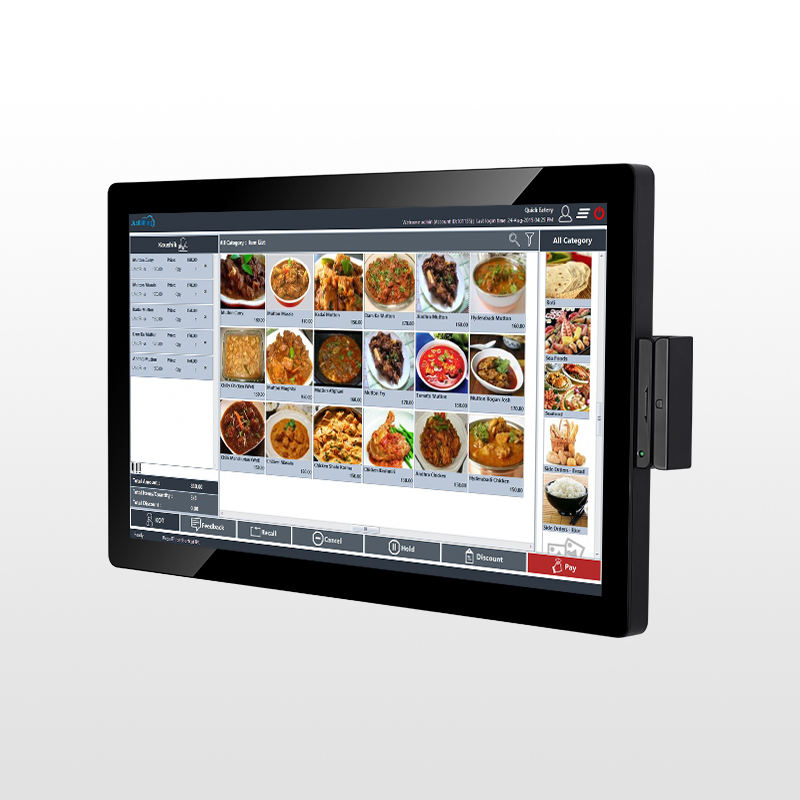In the dynamic and fast-paced world of modern food service, Kitchen Display Systems (KDS) have emerged as indispensable tools for enhancing efficiency and streamlining operations in commercial kitchens. This article explores the multifaceted benefits that KDS brings to the table, from optimizing order processing to improving communication and driving overall kitchen productivity.
1. Streamlining Order Processing:
One of the primary advantages of KDS is its ability to streamline the order processing workflow. By replacing traditional paper tickets with digital displays, KDS minimizes errors related to manual order transcription. Orders are transmitted directly from the point of sale system to the kitchen, reducing the risk of miscommunication and ensuring that the kitchen staff receives accurate and up-to-date information.
2. Real-Time Order Updates:
KDS provides real-time updates on order statuses, allowing kitchen staff to stay informed about the progression of each order. This real-time visibility enhances coordination among kitchen team members, expedites food preparation, and enables timely adjustments to accommodate changes in order priorities or customer preferences.
3. Improved Accuracy and Order Consistency:
Digital display systems eliminate the potential for misreading handwritten or verbal orders, contributing to improved accuracy in food preparation. KDS ensures that each dish is prepared according to the specified requirements, promoting consistency and reducing the likelihood of errors in the kitchen.

4. Enhanced Communication Between Front and Back of House:
Efficient communication between the front of house (FOH) and back of house (BOH) is crucial for seamless restaurant operations. KDS facilitates this communication by providing a centralized platform where both FOH and BOH staff can track order statuses and collaborate effectively. This integrated approach reduces delays and enhances overall restaurant service.
5. Increased Kitchen Efficiency and Throughput:
KDS contributes to increased kitchen efficiency and throughput by optimizing the order fulfillment process. With streamlined communication and accurate order information, kitchen staff can work more efficiently, reducing wait times for customers and improving overall service speed. This heightened efficiency is particularly valuable during peak hours when the kitchen is under maximum pressure.

6. Customization and Flexibility:
Many KDS solutions offer customization features that allow restaurants to tailor the system to their specific needs. From adjusting display layouts to incorporating color-coded alerts for order types or priority levels, the flexibility of KDS ensures that it can be seamlessly integrated into diverse kitchen environments.
7. Data Insights for Continuous Improvement:
KDS systems often come with analytics and reporting functionalities that provide valuable data insights. By analyzing these metrics, restaurant owners and managers can identify areas for improvement, optimize kitchen workflows, and make informed decisions to enhance overall efficiency and customer satisfaction.

8. Adherence to Health and Safety Regulations:
In the current landscape, where health and safety regulations are paramount, KDS contributes to compliance by minimizing physical contact with paper orders. This digital solution aligns with hygiene standards, reducing the risk of contamination and promoting a safer kitchen environment.
In conclusion, Kitchen Display Systems play a pivotal role in revolutionizing the way commercial kitchens operate. From streamlining order processing to enhancing communication, increasing efficiency, and providing valuable insights, the benefits of KDS are instrumental in optimizing the overall performance of restaurants and food service establishments. As the food industry continues to evolve, embracing innovative technologies like KDS becomes a strategic move for businesses aiming to stay ahead in the competitive landscape.



